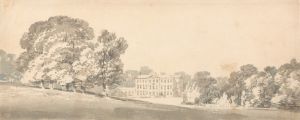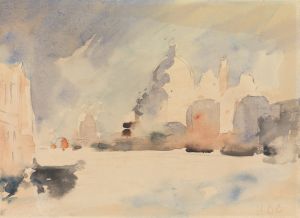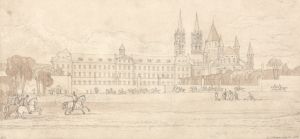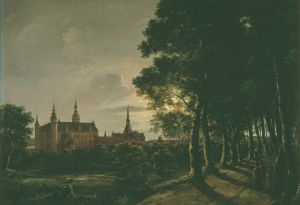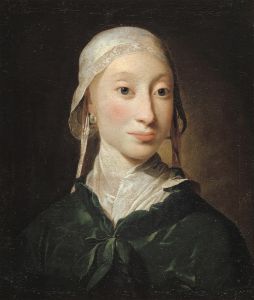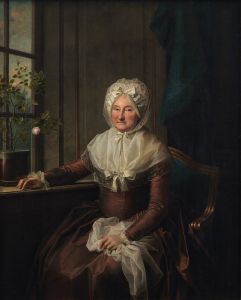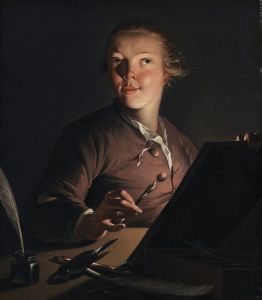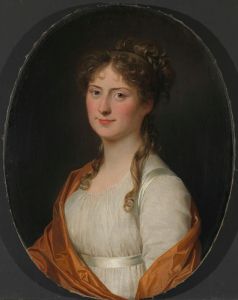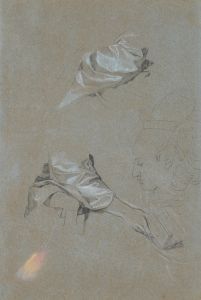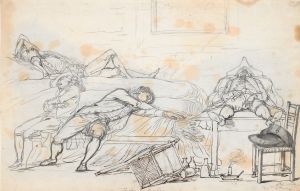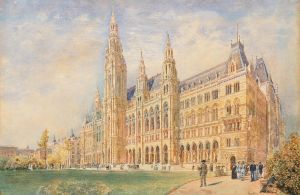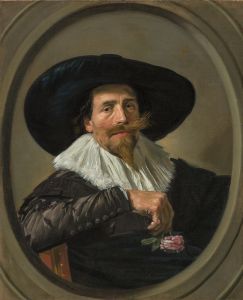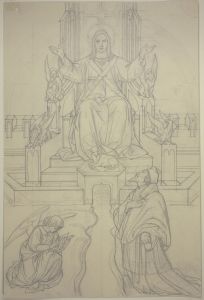
Herlufsholm kirke ved Susåen
A hand-painted replica of Jens Juel’s masterpiece Herlufsholm kirke ved Susåen, meticulously crafted by professional artists to capture the true essence of the original. Each piece is created with museum-quality canvas and rare mineral pigments, carefully painted by experienced artists with delicate brushstrokes and rich, layered colors to perfectly recreate the texture of the original artwork. Unlike machine-printed reproductions, this hand-painted version brings the painting to life, infused with the artist’s emotions and skill in every stroke. Whether for personal collection or home decoration, it instantly elevates the artistic atmosphere of any space.
"Herlufsholm Kirke ved Susåen" (translated as "Herlufsholm Church by the Suså River") is a painting by the Danish artist Jens Juel (1745–1802), one of Denmark's most prominent painters of the 18th century. Known for his mastery in portraiture and landscape painting, Juel played a significant role in the Danish Golden Age of art. This particular work is an example of his landscape artistry, showcasing his ability to capture the natural beauty and cultural landmarks of Denmark.
The painting depicts Herlufsholm Church, a historic structure located near the Suså River in Næstved, Denmark. Herlufsholm Church is part of the Herlufsholm Estate, which was originally founded as a monastery in 1135 by Benedictine monks. In 1560, the estate was transformed into a boarding school by Herluf Trolle and his wife, Birgitte Gøye, prominent figures in Danish history. The church itself has remained a central feature of the estate and is notable for its Gothic architecture and historical significance.
Jens Juel's rendering of the scene captures the serene and picturesque setting of the church by the river. The painting is characterized by its soft, naturalistic light and attention to detail, which were hallmarks of Juel's style. The composition emphasizes the harmony between the man-made structure of the church and the surrounding natural environment, reflecting the Romantic ideals that were beginning to influence European art during Juel's time.
The exact date of the painting is not definitively documented, but it is believed to have been created during Juel's mature period, when he was producing some of his most celebrated works. The painting is often praised for its tranquil atmosphere and its ability to evoke a sense of timelessness, qualities that are consistent with Juel's approach to landscape art.
"Herlufsholm Kirke ved Susåen" is an important work within Juel's oeuvre, as it highlights his versatility beyond portraiture, for which he is most widely known. The painting also serves as a valuable historical record, offering a glimpse into the Danish countryside and its architectural heritage during the late 18th century.
The current location of the painting is not specified in widely available sources, but works by Jens Juel are commonly held in Danish museums, including the National Gallery of Denmark (Statens Museum for Kunst) and other cultural institutions.





